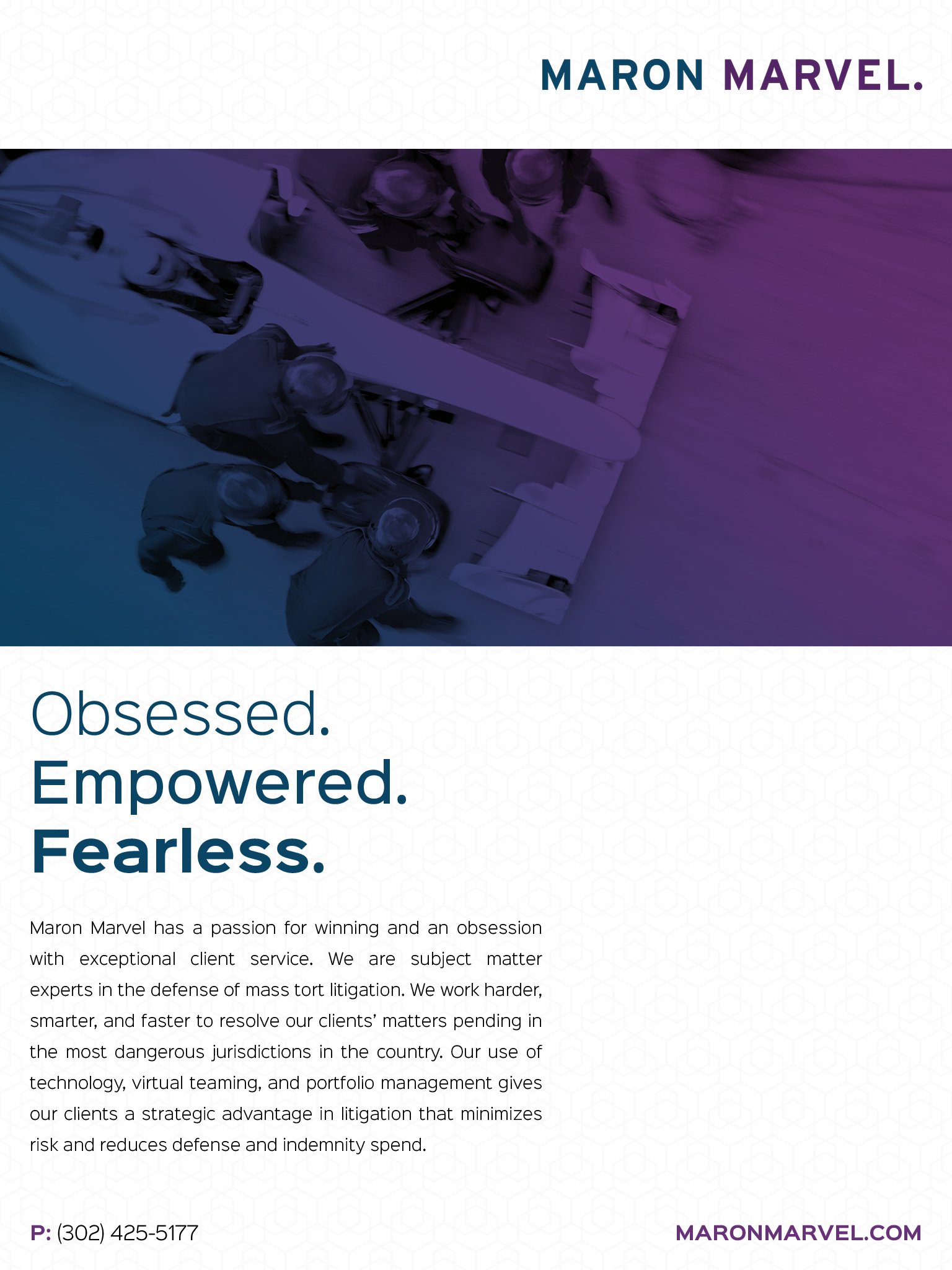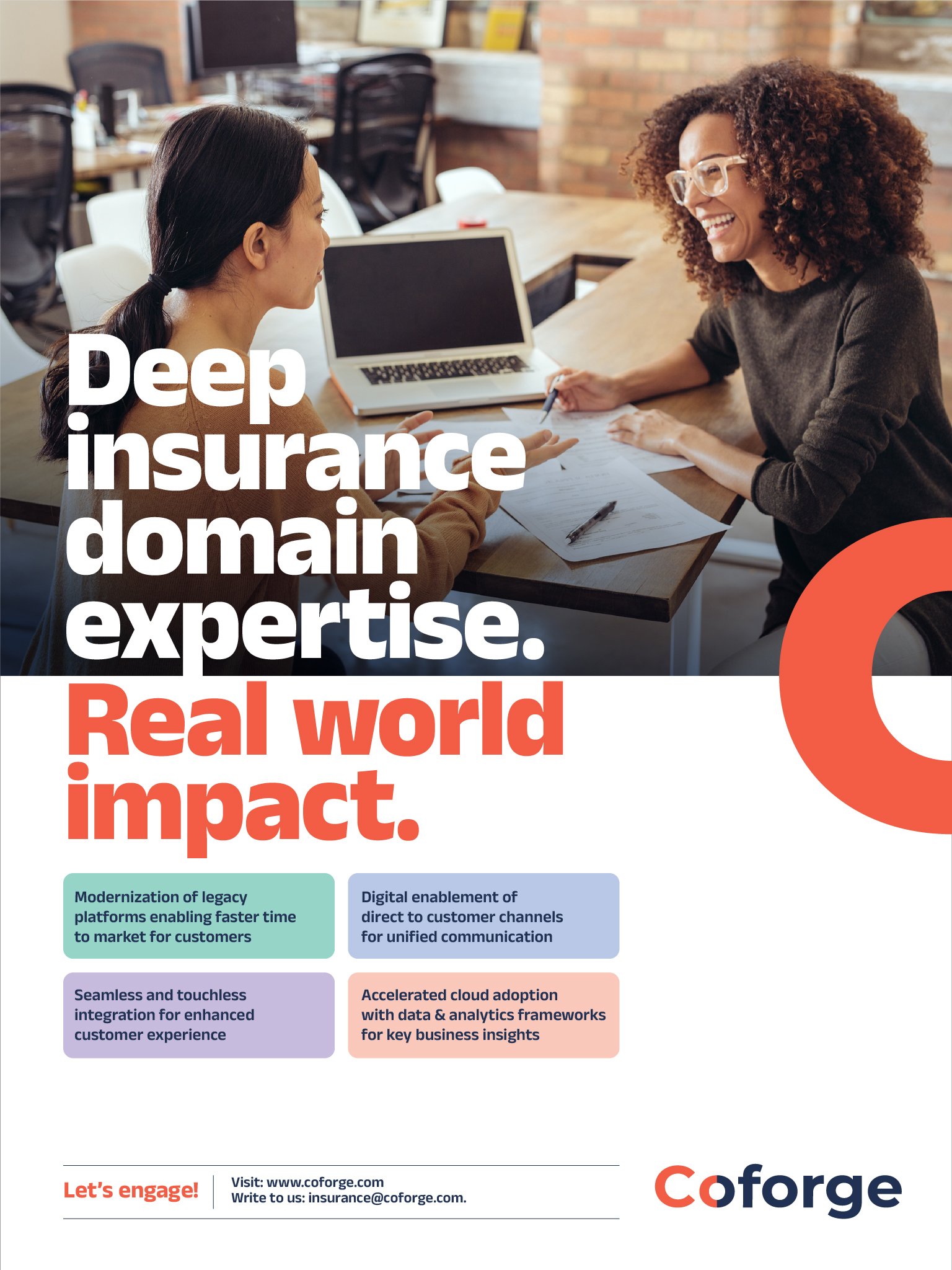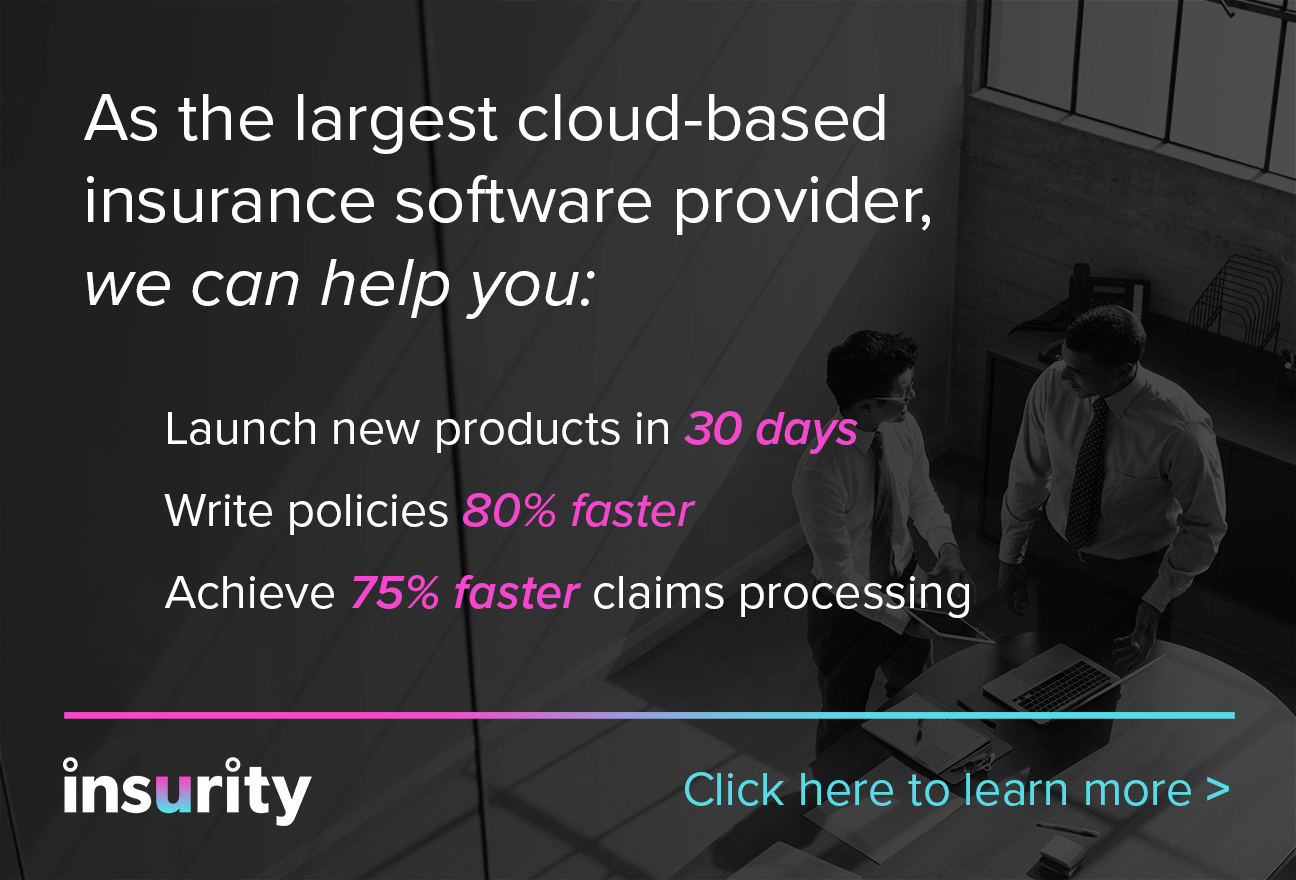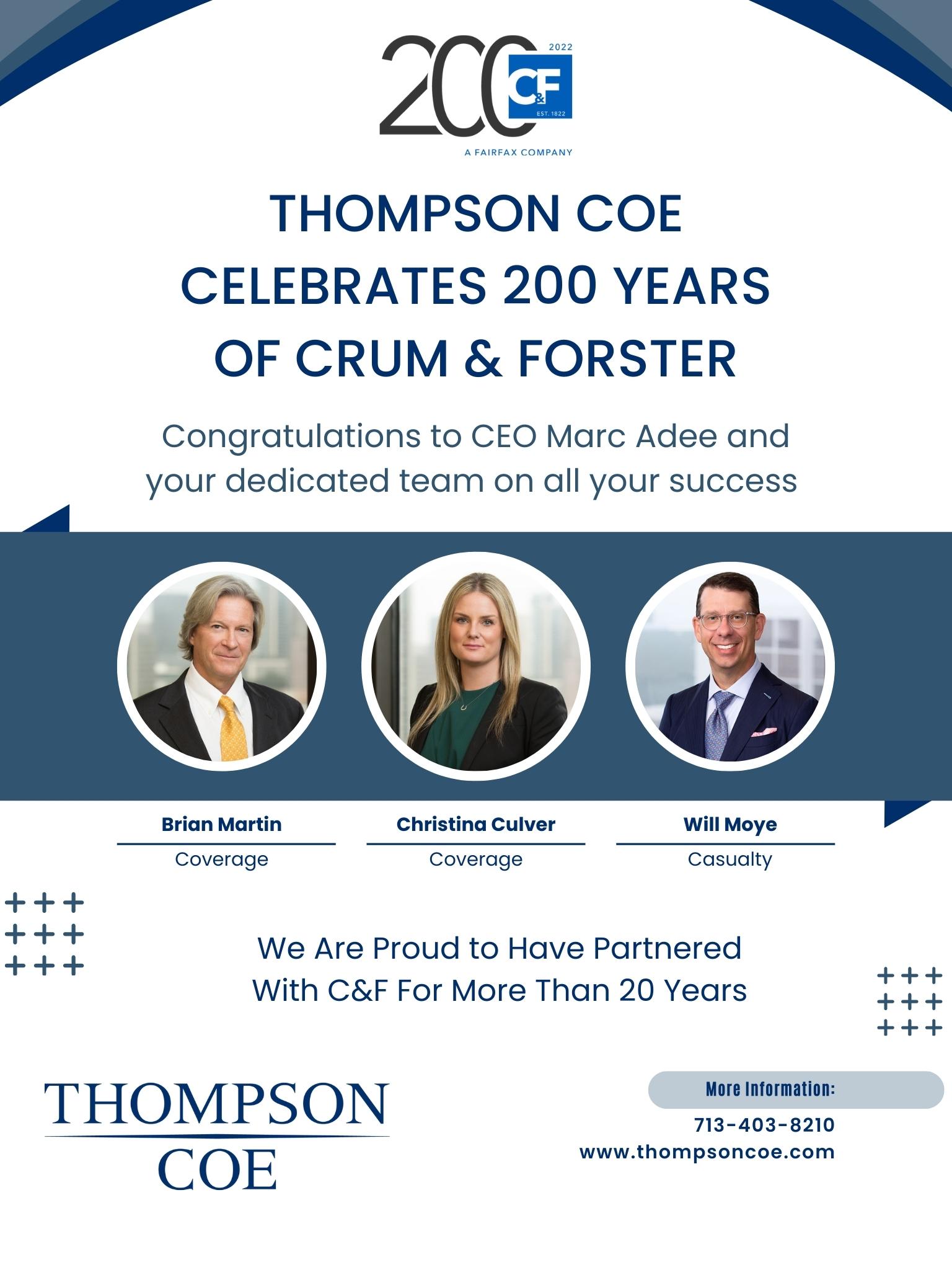New York City was still a cluster of low-lying buildings against a watery backdrop when Richard Whiley formed the North River Insurance Company in 1822. Just as the city has evolved over the 200 years since, so too has the company. Originally created to insure the flourishing city’s buildings, the company, now known as Crum & Forster, has gradually expanded its range of innovative risk and insurance products over the years.
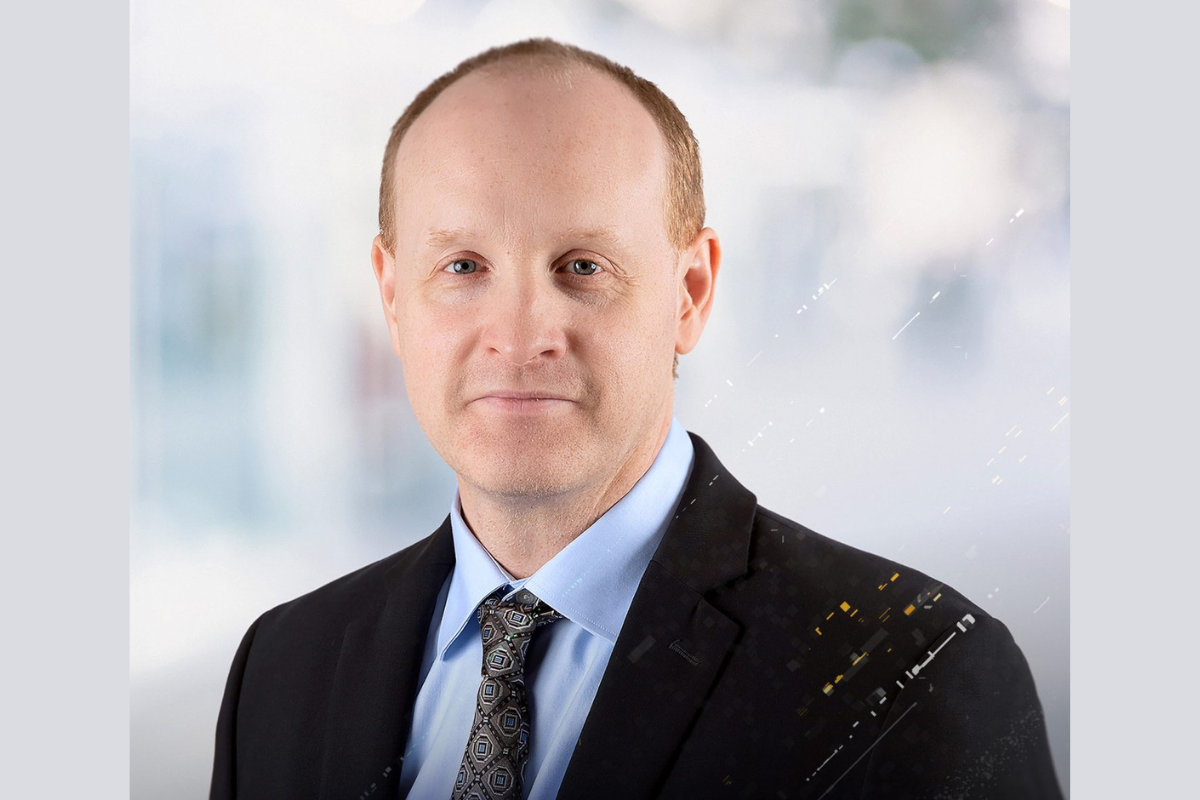
It has grown to become one of the oldest premium insurance companies in the United States, now fully owned by Fairfax Financial with revenues of US$25 billion. But, ever forging forward, the company is now pushing the boundaries of the insurance world by becoming a market leader in cyber insurance, according to President of Commercial Lines and Executive Risk, John Binder.
“We’ve had a very high growth trajectory the last couple of years, but that is a new and emerging area of insurance,” he tells The CEO Magazine. “So while insurance is always changing, it is not often that there is a brand new line or type of exposure that businesses have that isn’t previously insured.
“Really even today, a very high percentage of businesses do not insure their cyber exposures. But clearly, all one has to do is read the news on a semi-regular basis to see that businesses are under attack, with the threat of a cyberattack, a hacker or ransomware taking your info and selling it, or a cyber criminal holding your business hostage, shutting down your production line because they now control your system.
“All of that is very real and prevalent. It happens every day.”
Indeed, the global cyber insurance market is forecast to spike from US$12.83 billion in 2022 to US$63.6 billion by 2029. Research by Fortune Business Insights revealed a compound annual growth rate of 25.7 percent over the projected period.
The report attributed the rise to the growing use of products that protect businesses from costly cyberattacks – generally related to IT infrastructure and information governance, areas not covered by traditional insurance products and commercial liability policies.

We are a premier player with an experienced team in a segment that is literally changing daily, in an area where it’s not even yet a standard line of insurance.
A new frontier
It’s an exciting area that Crum & Forster has been involved in since the early days of the 1990s when it was still called website insurance. “I worked with one of the first firms that offered that type of insurance. The person who leads our cyber group, Nick Economidis, was one of the first to put together product form and coverage.”
Economidis joined as Vice President of eRisk in 2018, and succeeded in growing the business line six-fold in just four years, resulting in his promotion earlier this year to Senior Vice President of the cyber insurance team.
But it is an area that is continually changing, even in the last six months. To address these constant shifts, Crum & Forster has expanded its tech and cyber underwriting group to address clients’ evolving needs across all business sectors.
“We are a premier player with an experienced team in a segment that is literally changing daily, in an area where it’s not even yet a standard line of insurance,” Binder says.
“Every business has been buying workers’ comp, general liability, auto insurance, property insurance for decades but cyber insurance is a new unknown frontier, and we’re at the forefront of this new frontier, and that’s really exciting for Crum & Forster. That’s exciting for the agency partners. That’s exciting for our law firm partners who assist us in these cases.”
Dealing with international cyber criminals is a very different ball game to the more traditional liability disputes that insurance companies have become so accustomed to dealing with, and so special resources are required.
“It’s changing every day,” Binder stresses. “What we will be doing three months from now in all of these areas is going to be different to what we were doing three months ago, so that’s a really exciting area for us.”
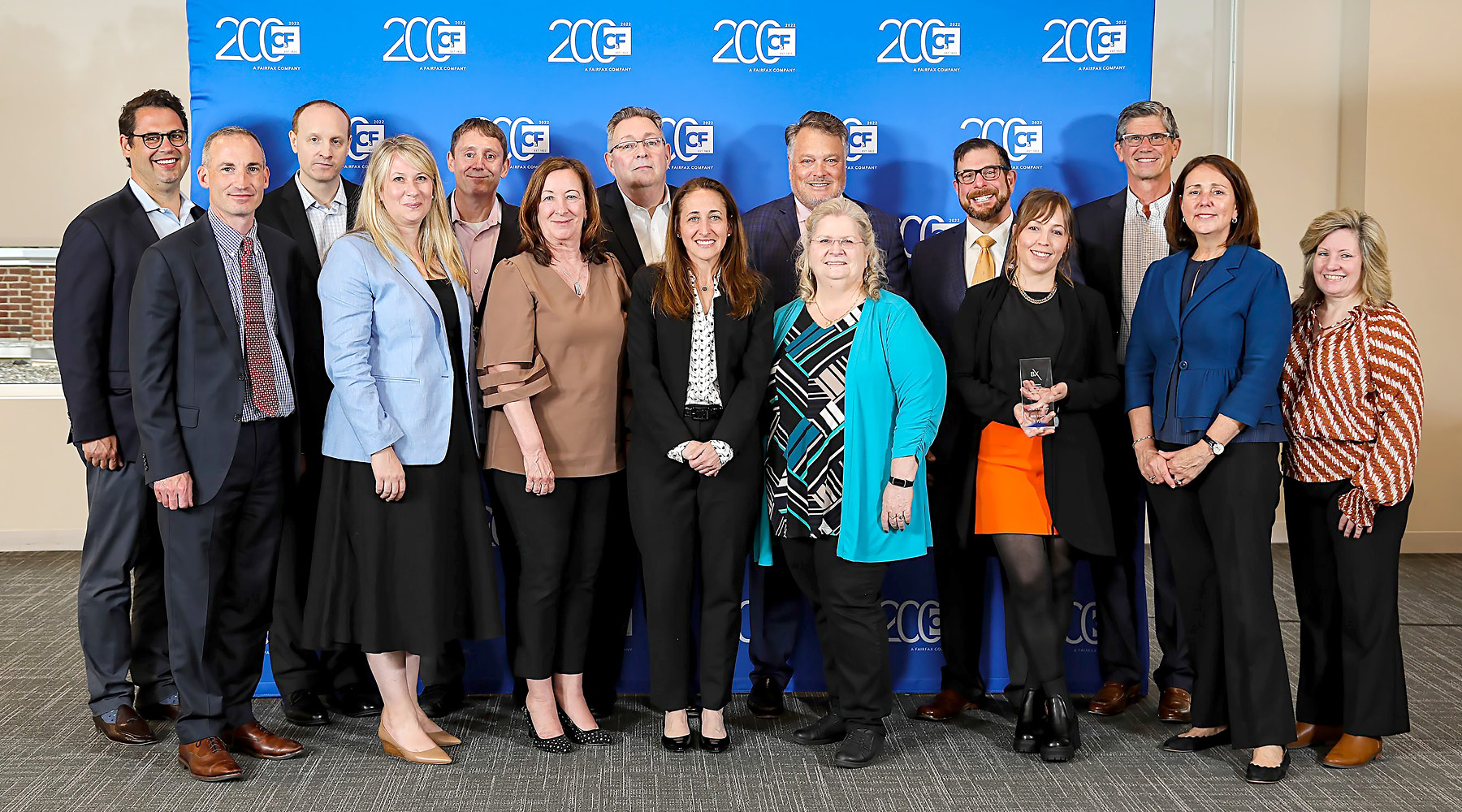
A Cyber Success
In recognition of its efforts in the cyber and professional liability space, Crum & Forster won the 2021 Marsh Broker Experience Award for Cyber and Professional Liability in May this year.
The award was based on Crum & Forster’s net promoter score (NPS), which looks at three categories: promoter, passive and detractor. The resulting NPS is then measured against other insurers in the company’s peer group.
Crum & Forster consistently came out on top, according to Marsh. “The demand for cyber insurance has grown exponentially, and as brokers, we work diligently to partner with the best insurers to align our clients’ needs,” the company said. “As the recipient of the 2021 Marsh Broker Experience Award for Cyber and Professional Liability, Crum & Forster had the best results.
“The team is highly skilled, exceptionally responsive – even if it means a quick no – and a pleasure to work with. We look forward to continued success in cyber and carrying that momentum to other areas as well. Congratulations on this well-deserved recognition.”
Making a mark
Binder has been with Crum & Forster for almost 10 years, but he has more than 20 years of experience in admitted commercial insurance, including positions at St. Paul Companies, TIG, Republic Group and Travelers. He first joined the company as Assistant Vice President and Actuary, then quickly ascended to the role of President of Commercial Lines and Executive Risk at Crum & Forster – a position which he commenced in October 2018.
He has responsibility through the Commercial Lines side of the business for targeting multi-line property and casualty insurance business that is industry vertical focused. Meanwhile, the Executive Risk side offers a product suite of errors and omissions (E&O); directors and officers liability insurance (D&O); cyber; tech E&O; crime and fidelity, and more.
In addition to these production underwriting units, Binder oversees claims, actuarial, product management, HR, IT, Risk Engineering along with other functions supporting production.
When he first took up the position, he felt that the firm’s size and broad reach held great potential for future growth. “The biggest opportunity is taking the many assets that Crum & Forster has built up over its 200-year history and really just building those in the marketplace,” Binder says.
“In the past, we would punch above our weight, and in some ways we still do, meaning our teams were long-time market experts, and the appearance was that we were a much bigger enterprise than we were, based on our assets and the people we had.”
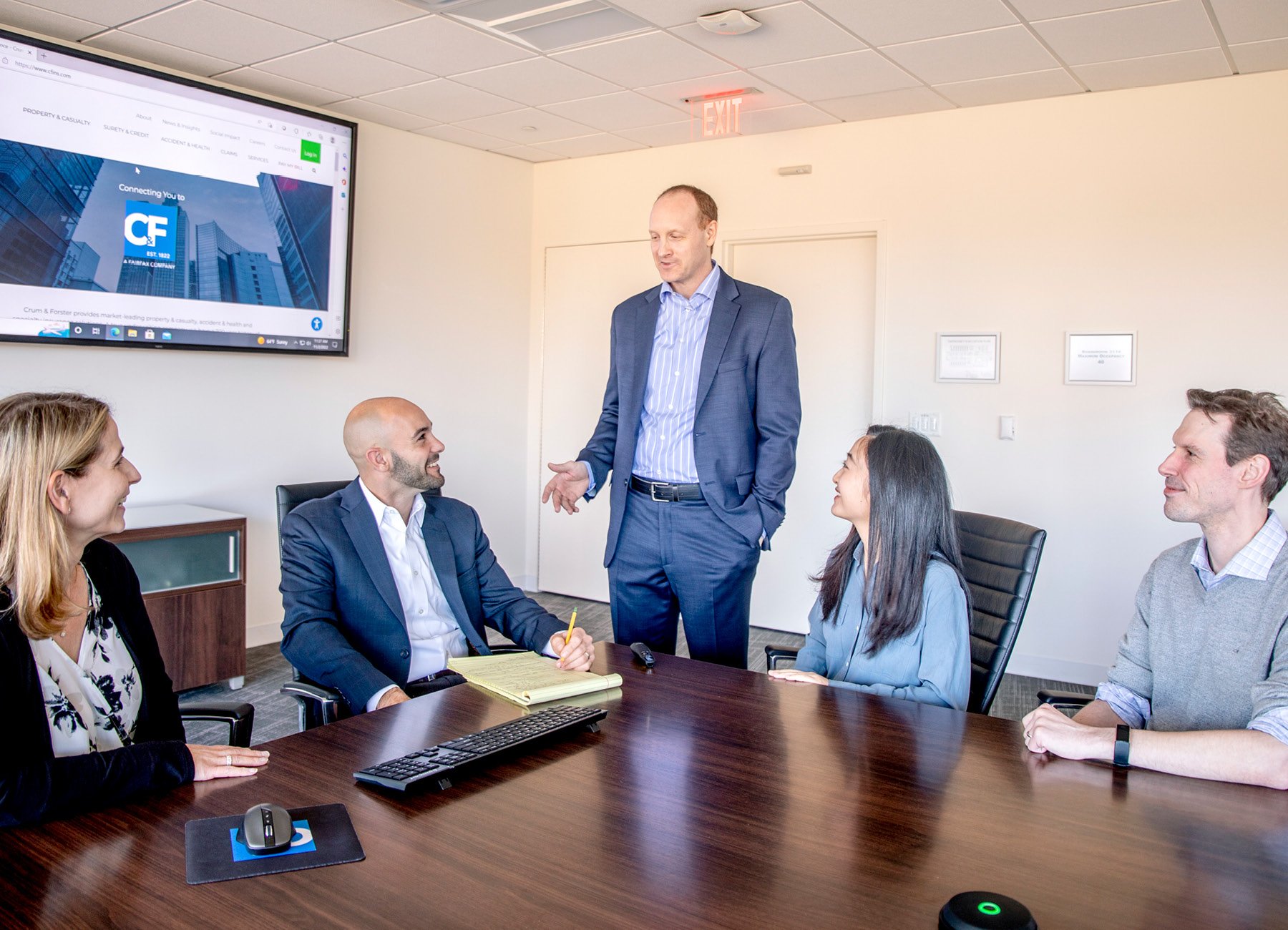
What we will be doing three months from now in all of these areas is going to be different to what we were doing three months ago, so that’s a really exciting area for us.
Since he joined, he has put his efforts into building his team, ‘flexing the muscles’ of Crum & Forster’s product across a variety of segments and building key partnerships in the marketplace.
“That’s been the biggest opportunity for us, and it continues to be.”
This is the focus, not only in Binder’s commercial lines and executive risk division, but also across the entire company. “Since our CEO, Marc Adee, took the helm in the latter part of 2014, Crum & Forster has more than doubled in size, increasing profitability along the way and expanding product vastly,” he says. “Commercial lines and executive risk have had a piece of that.”
Assessing opportunities
A multi-trillion industry in the United States alone, the insurance industry is something of a sleeping giant, in Binder’s view. “Insurance has been around since the 1700s as an official industry and the concept of risk transfer has been around longer than that,” he reflects.
Indeed, Statista confirms insurance as one of the largest industries in the world, with a global market value exceeding the gross domestic product of many countries. Estimates vary, but most sources put the value of insurance premiums written worldwide in 2021 at around US$5.5 trillion.
With thousands of insurance companies active in the United states, that means that it has also become highly competitive. But Crum & Forster’s ability to adapt to changing market conditions and diversity of product has positioned it as a market leader.
“Things change quickly. Something might be a good opportunity one year but not so great an opportunity the next year and vice versa,” Binder says. “So, we really take a long-term approach and we will push and maximize wherever the best opportunities are. We may take it a little slow where the opportunities aren’t as good, but we’re in the game on almost everything.”
From a people perspective, that provides employees with great career development potential, while also ensuring that Crum & Forster can deploy its best talent in the areas to work on the biggest opportunities. “That is the key to both where we’ve come from and where we’re headed in the future.”
People power
All of Crum & Forster’s ambitious plans begin with people and culture, according to Binder.
“What that really means is that our people feel that this is a great place to work, that this is a company where they want to stay, have a career and retire at,” he says. To achieve this, the focus is on offering competitive compensation packages and top tier benefits, a career path, avenues to build their skills set as well as the opportunity to expand in new and different areas.
Work flexibility has also become a major factor with Binder proud to have been ahead of the curve in this area when the pandemic struck.
“When a lot of places were scrambling to figure out how to take a big chunk of people and have them operate a company remotely, at that point we had already had roughly 20 percent of our people who worked remotely in some fashion to a decent extent, and 95 percent or more of our people, in the months before everything went down in the spring of 2020, had recently logged in and worked from our system from a remote location,” he states.
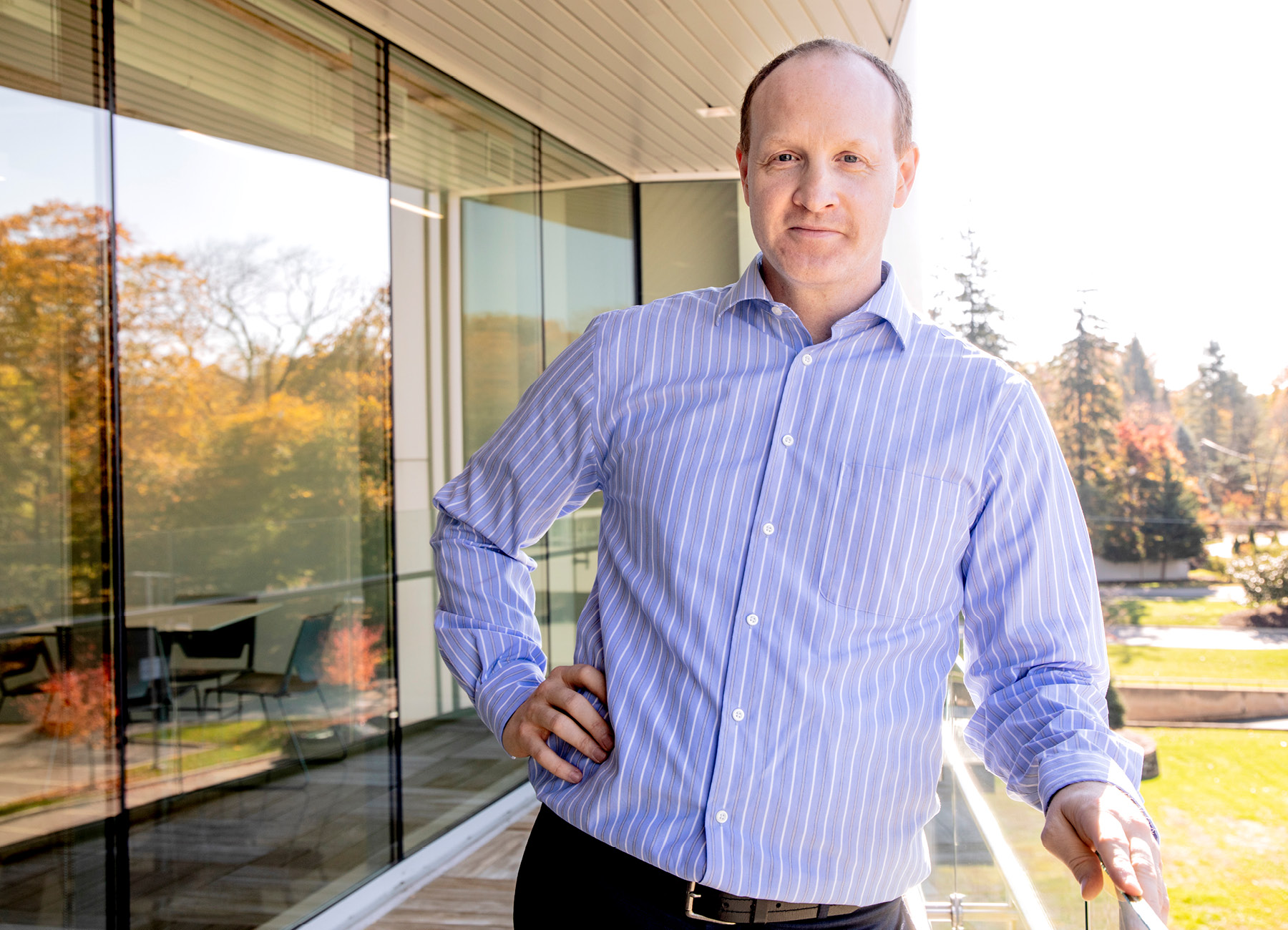
For us, it’s really about meeting people where they’re at, but obviously keeping an eye on what the business needs are and eradicating any thought of ‘this is the way it’s always been done so you can’t move from that’.
“Really, our biggest concern at that point was: do we have the bandwidth where there’s going to be more people just on the pipeline to the system? And that was easily sorted out and so we were ready to go.”
Of course, delivering what employees crave while still optimizing the business is a complex balancing act, particularly in an industry where field work is required in specific roles.
“For us, it’s really about meeting people where they’re at, but obviously keeping an eye on what the business needs are and eradicating any thought of ‘this is the way it’s always been done so you can’t move from that’,” Binder explains.
“Instead, we ask, ‘What can we do? What makes sense?’ We do that across the board beyond flexible working and that’s a huge key to our success from a people perspective.”
According to Great Places to Work, 93 percent of Crum & Forster employees agree that it is a great place to work as compared with 57 percent of employees at a typical US-based company.
“It all comes back to the idea that an insurance company is not just an insurance contract and a check when something happens,” Binder says. “An insurance company is thousands of people beyond the person that sold you that policy that make it all happen. That’s really the key to our operational excellence.”

A Sense of Belonging
Diversity, inclusivity and belonging form an important pillar of the Crum & Forster culture, and are a big part of why the company is considered such a great place to work.
It has no less than six active Employee Resource Groups and an Executive-led Inclusivity Council to help ensure diversity is a priority.
“It is our mission to attract, retain and support diverse talent that is representative of different life experiences and educational levels, genders, races, sexual orientations, cultural backgrounds, religions, differing abilities and age groups,” it says.
– Belonging@C&F – Leaders and employees work together to share their experiences, while also expanding opportunities in a concerted effort to increase Diversity, Equity & Inclusion throughout Crum & Forster. “We encourage and enable all of our colleagues to bring their authentic selves to work and achieve their full potential,” the Crum & Forster website states.
– Inclusivity Council – Made up of a diverse group of senior leaders from a range of divisions, the Council further demonstrates the company’s commitment to diversity, equity and inclusivity. “The mission of the Inclusivity Council is to foster an environment that encourages increased diversity across the organization, establishes and advances a culture of equity and belonging, and amplifies each employee’s potential by making C&F a safe place for everyone.”
– Employee Resource Groups – With specific programming to help educate employees about issues pertaining to their communities and “encourage allyship”, these six groups focus on women, LGBTIQA+, Asian Americans and Pacific Islanders, parents and caregivers, African Americans, Latinx and those with disabilities themselves or at home. “Programming includes producing webinars and podcasts, hosting external speakers and highlighting influential people during historical months and notable days.”
More than financial
Binder fully recognizes that the product that Crum & Forster delivers is one that nobody really wants to have to use. That’s why service is such an important part of its offering. “Just because you have your house insured, you don’t want it to burn down and then someone hands you a check for its value. You’d rather just have your house back as it was,” he says.
“The more important service we offer, other than handling the situation when it happens, is helping them understand what steps you need to take in order to avoid or minimize your chance of having an unfortunate incident.”
Although there are areas of insurance where it suffices to act in just a financial capacity, that is not the case across the board. “Most of the segments that we are in, you need to be more than just financial capacity,” he stresses.
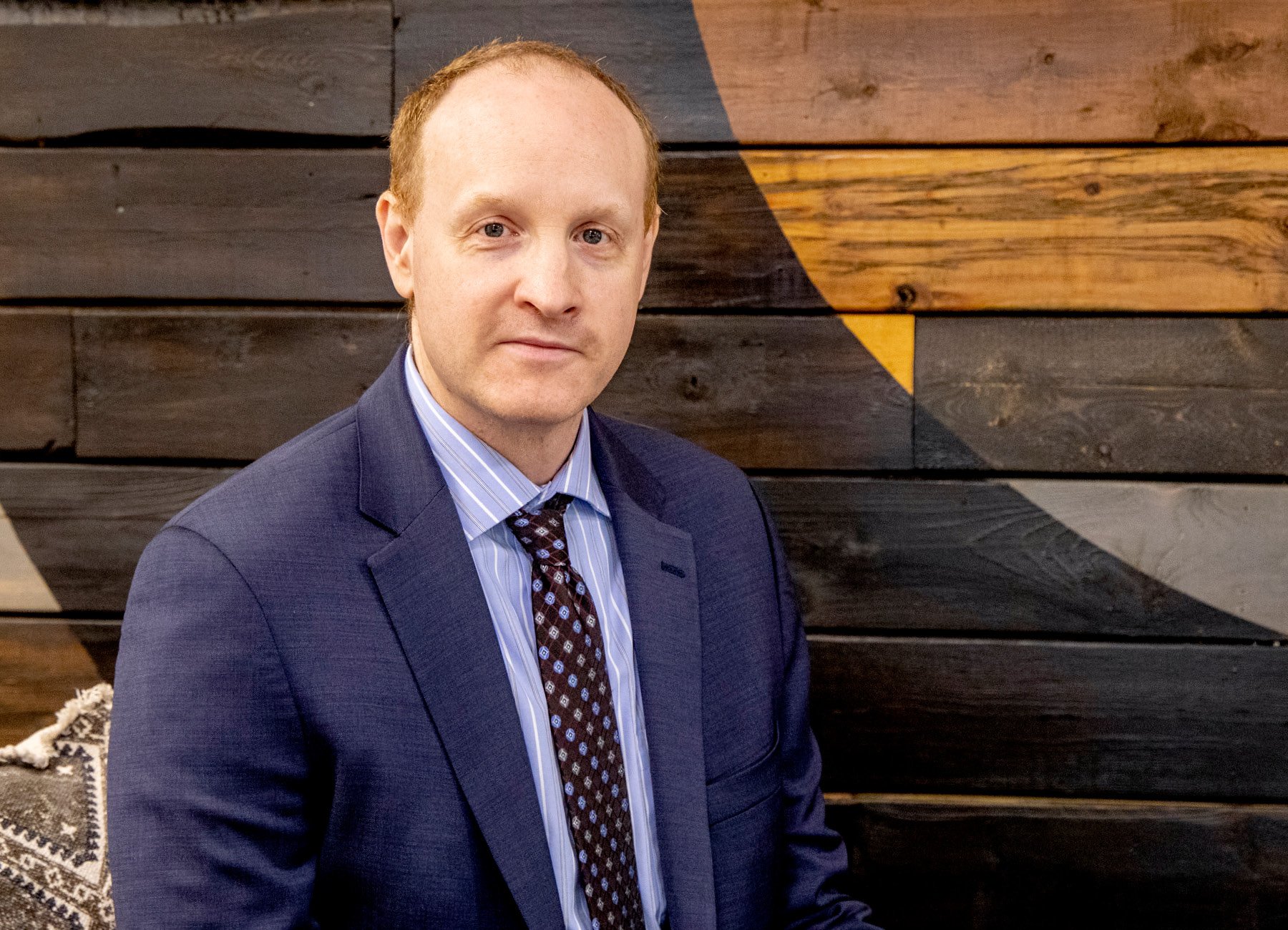
You need to be a real partner on all aspects of risk transfer with the customer. And our ability to do that and deploy that in so many different areas of insurance based on where the need, where the opportunity is, that is a key to our operational excellence.
“You need to be a real partner on all aspects of risk transfer with the customer. And our ability to do that and deploy that in so many different areas of insurance based on where the need, where the opportunity is, that is a key to our operational excellence.”
Policyholders have access to Crum & Forster’s team of Risk Engineers who offer a wide variety of add-on services which range from education to onsite inspections, delivering customized access plans, risk assessments, training and a range of safety resources.
Tech savvy
Technology has always been a big focus for Crum & Forster, even though its efforts have steadily become more advanced. The company installed its first computer, an IBM 650, back in 1956.
“It is essential to continue to invest in technology. You cannot say, ‘The last five years we didn’t make a lot of investments, but now I’ve had a good year so I can afford to just write a big check and then I’ll catch up’. It doesn’t work like that,” Binder explains.
“It’s like keeping up a house or a property – or a garden for that matter. You’ve got to be out weeding that garden on a weekly basis. If you let it sit for three months, it’s going to be a disaster.”
The same is true with technology at an insurance company – every year making investments and ‘raising your game”, Binder continues. “You’ve got to have a long-term plan, you’ve got to have a five-year plan, a 10-year plan. But every single year, the outlook of what technology looks like and what’s going to help you in your business is going to change, and you also need to be flexible enough to change with that.”
Building bonds
Partnerships with a number of external parties form another key pillar of Crum & Forster’s success, according to Binder, with the benefits abundant.
“Partners have the proverbial building full of experts all of the time, and are constantly staying current with trends, technology, the cutting edge of the industry,” he says.
“They may be partners with other players in our industry, and we’re benefiting from that expertise as well. They could advise us to build things into a system, or into a contract because they’ve seen where that was needed somewhere else.”
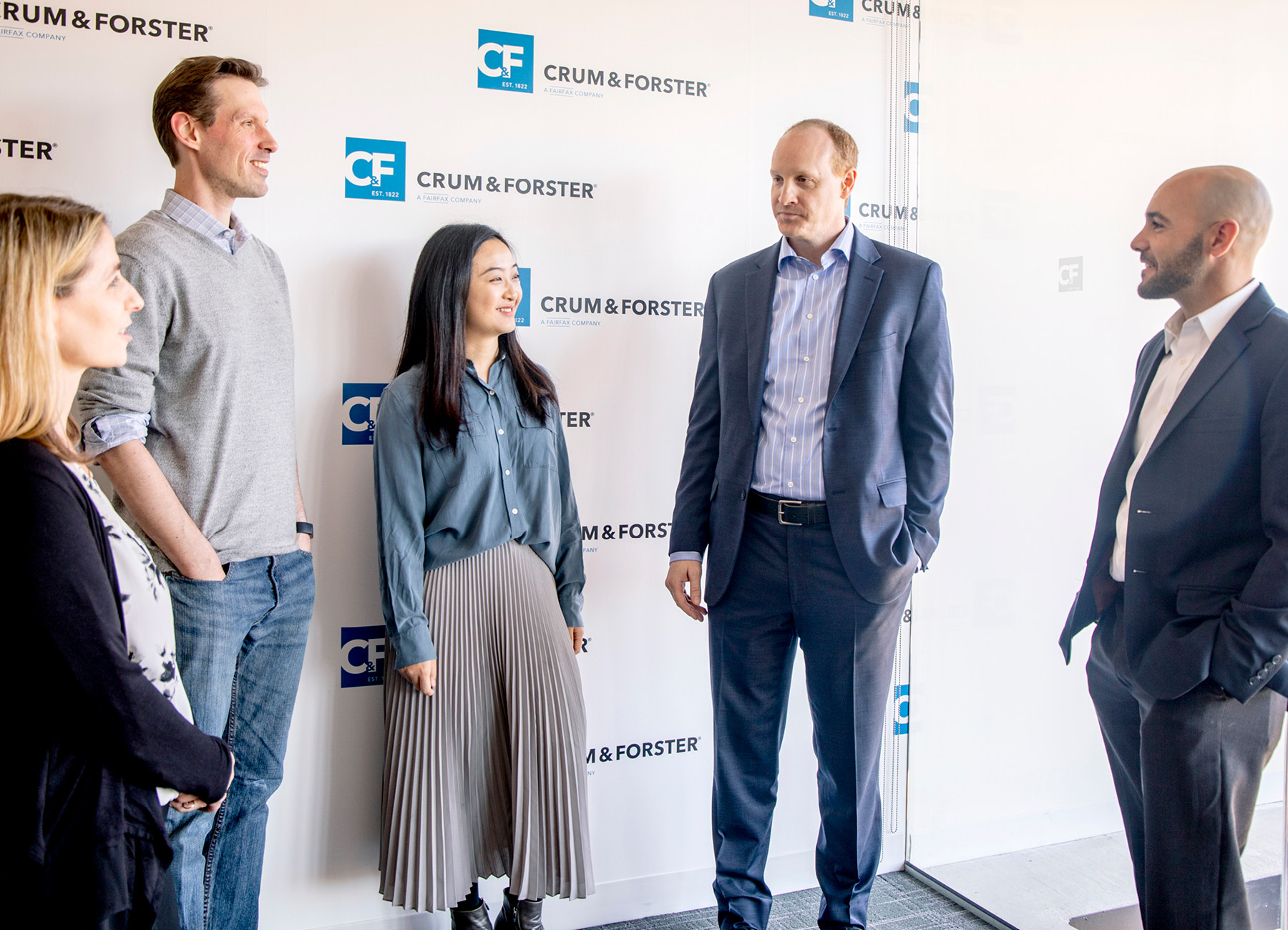
We use an array of various technology partners where they’re providing us with a way to be more efficient, to be more high tech.
In the technology realm, Crum & Forster has decided not to go it alone, instead relying on the expertise of its partners in the field. “We use an array of various technology partners where they’re providing us with a way to be more efficient, to be more high tech,” he explains.
“If they’re an expert on building a particular system, and then we use that system for what we do, and they can customize it to our needs. But that partner is essential, because we’re an expert in insurance, they’re an expert in building a technology, and then together we’re much stronger because we can help them customize it to our needs.”
As an example of this approach, in April 2021, Crum & Forster announced it would work with AI company Convr to use its d3 Intake engine to power its digital underwriting process for new business submissions.
Crum & Forster also partners with a wide variety of external legal partners. “They are just absolutely critical to our success, because these are the folks that we can deploy as the experts in a certain area of practice,” he says. “So for us, it’s just absolutely critical to have a top-notch expert law firm panel in a wide variety of practice and geographies.”
This goes well beyond the courtroom, with most of the ‘action’ actually around developing contract language for the insurance contract.
“We advise customers on their own contracts. For example, if you’re a real estate company and you’re leasing out, we advise our customers on how to craft their contracts to put them in a favorable position for when a loss, a claim, a lawsuit is brought against them,” Binder says.
From an operational perspective, partnerships are also key, helping Crum & Forster to achieve that all-important flexibility. “Part of the idea of being flexible is to deploy resources where there’s opportunity,” Binder expands.
“They may be offering us people resources in a certain discipline that we can tap into.”
This means the company can grow a certain capability fast, but can also swiftly shrink it back down again if the opportunity doesn’t live up to initial expectations.

Doing the Right Thing
Another way Crum & Forster is making a big difference is by delivering in terms of social responsibility – both through corporate and employee-driven initiatives often involving hands-on involvement.
“Crum & Forster believes that social responsibility is at the heart of doing good business,” the company states on its website. “We are committed to supporting the communities where our employees live and work through the causes and initiatives that serve diverse and underserved groups.”
The company donated US$1.5 million in 2020. This sum was divided mainly between food banks, educational programs and youth-serving organizations, as well as programs that assisted those impacted by the COVID-19 pandemic.
Fresh vision
Its focus on agility and innovation shows that, despite its 200-year history, Crum & Forster is a company that is young at heart. As it enters its next chapter, Binder is excited about the prospects.
“Crum & Forster is the type of company that is going to continue on a high growth and building market share trajectory because of what we can do,” he says. “We’re going to continue to add product and segments to what we have, but also, we’ve already built such a wide variety that we’re going to be able to build those up even more.”
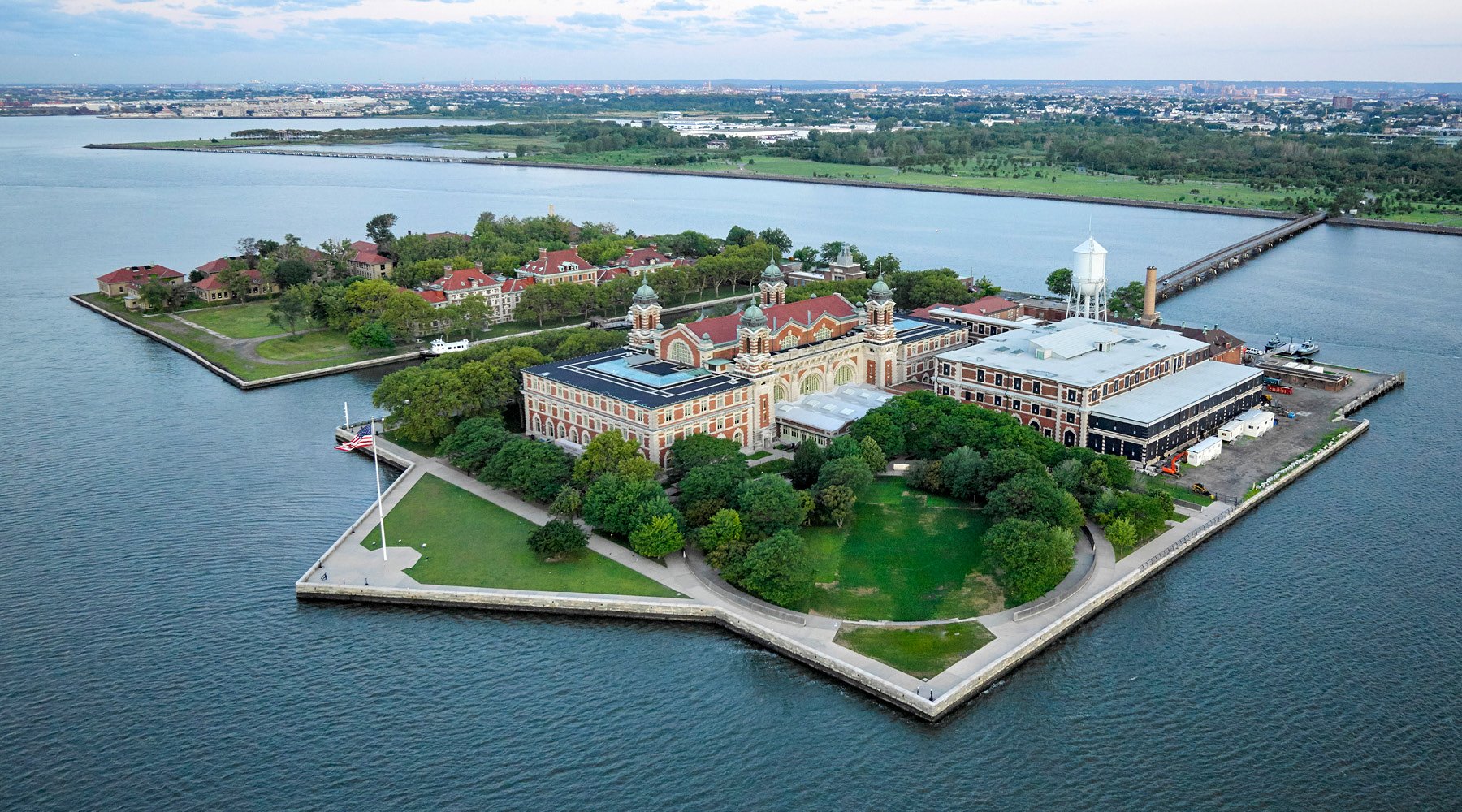
A Night to Remember
To celebrate its 200th anniversary, Crum & Forster held a party on Ellis Island in the Hudson River in New York City, where it all began, in May. More than 650 attendees gathered for the milestone event which also included special guests and charity partners including Former President George W Bush.
“Crum & Forster is both a great partner and great place to work, and we’re thrilled to celebrate what our organization is today with our producers, employees, and special guests,” CEO Mark Adee said at the function. “We’re proud to honor our 200 years of service and insurance expertise, and we look forward to many more to come.”
In a further nod to the past, guests were also invited to research their family history at the Ellis Island Heritage Exhibit. This shone a spotlight on the work of Hearts of Hope, a charity focused on forming a safe haven for those facing loss.
“Our organization has always been about more than just business,” Adee continued. “Whether it’s our commitment to our employees and partners, or our support for local communities, Crum & Forster is proud to host this event and bring together all of our stakeholders to celebrate our history.”
Binder’s commercial lines and executive risk division will play an important role in propeling that growth as it innovates in sectors such as cyber, which are constantly changing and presenting new opportunities. Crum & Forster’s heritage allows it the ability to expand on what it does best: taking existing assets and developing them in the marketplace – while forging close relationships with partners.
All of the factors that have brought it this far stand it in good stead for the future, with its reputation as an excellent ally.
“We offer our partners and our customers a long-term stable carrier who is going to be sensible, who is going to be competitive and who is able to offer a high-quality level of service.”
Sponsored by: O’Toole Scrivo
Prioritizing clients’ needs, OS combines brilliant lawyering with strategic vision to solve any problem.
Read More

Sponsored by: Kennedys
A global law firm with experience in dispute resolution and advisory services, with over 2,400 people in 43 offices in 21 countries around the world.
Read More



